With 20 years’ experience as developer and provider of IoT solutions Telenor Connexion also has over ten years in Asia-Pacific region. The Swedish-based provider is now boosting its organisation to further develop the established customer base, and to leverage on the significant market opportunities and future growth throughout the region. In charge to lead that effort is Mr Seth Ryding, appointed as Chief Sales Officer for APAC in July 2019 and based at Telenor Group’s Singapore hub. He shares his experience so far, in building a customer base and what the important factors are to succeed in Asia, plus of course all about Telenor Connexion’s IoT services.
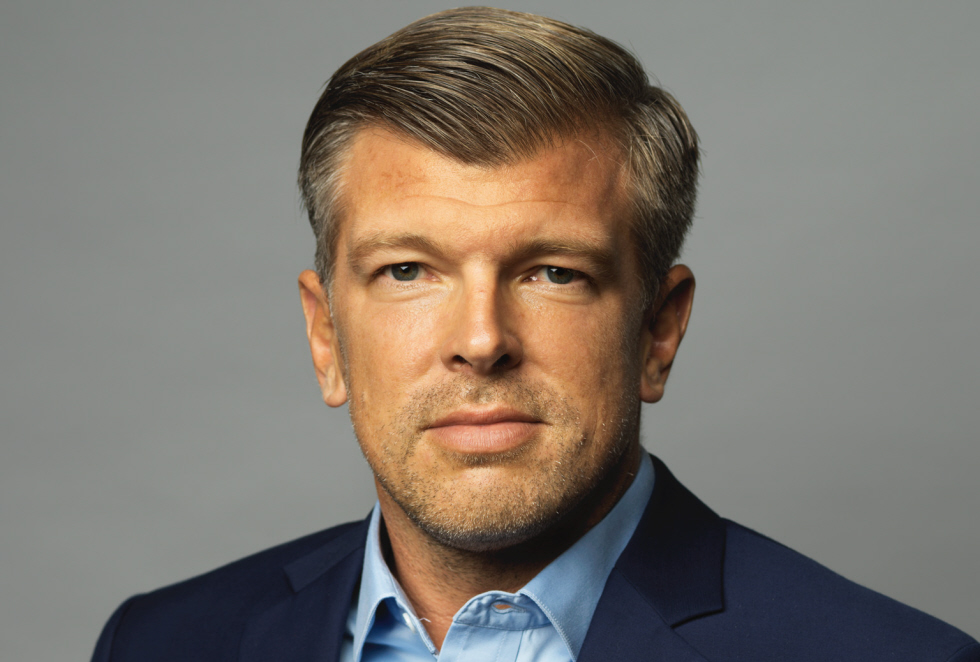
Seth’s professional career already includes working for Telenor Group for the last 14 years; with fixed and mobile, and within sales, marketing and operations. The opportunity that opened up for the Asian career step was a 6-month project in Myanmar (during which he frequently travelled back to Sweden to see his wife and three small kids).
“That was the ticket to ride to get the Singapore offer, where I first started out as Head of Region APAC over 3.5 years ago and last year we upgraded the Asia organisation, with me becoming CSO,” begins Seth, who has a Master of Science Electronic engineering from Linköping University (Swe).
Being the adventurous type Seth went abroad already at the age of 15 – to Michigan as a foreign exchange student.
“I’ve always been driven by exploring things and seeing new areas and regions. And I think learning about new cultures is constantly ongoing here, which I find interesting. It’s challenging in a positive way to work far from the Nordics and in cultures that are very different within Asia as well. Both internally and externally it means that a lot of local variations need to be handled and implemented.”
Seth also says that he is seen as an energetic person who drives change and improvements. He thrives in Asia and while living and working here he has noticed the cultural differences and how important the relationships are in doing business.
“You need more than a good product to get the opportunity to present it, the company and yourself. If you want to succeed and have a continuous dialogue you need to have high-level relationships. And you need also to have good proof of a really operational, reliable and working solution. That has been one of the more challenging areas for us as a non-Asian operator in that sense – especially as we are working primarily towards Northeast Asia – to establish the local foundation and the trustworthiness around the brand,” he observes.
Telenor Connexion has Scandinavian heritage and supplies managed global IoT connectivity and cloud services to enterprises with large fleets of connected devices across the whole world. It was one of the early pioneers within IoT and has customers such as Volvo, Scania, Hitachi, Verisure Securitas Direct and Husqvarna.In 2020 it had direct sales organisations based in Sweden, US, Germany, UK, Italy, South Africa, Japan, China, Singapore, Taiwan, Korea and Malaysia.
Telenor Connexion is a specialized IoT company within Telenor Group, one of the worlds major mobile operator groups with business in the Nordics and in Asia. Telenor Group operates local telecom business units in Thailand, Malaysia, Pakistan, Bangladesh, Myanmar. Telenor is ranked as one of the top 10 IoT operators in the world (Berg Insight).
“We have been in Japan for more than ten years, working with Hitachi Construction machinery. That sets the quality reference quite high, which makes it much easier in a lot of dialogues.”
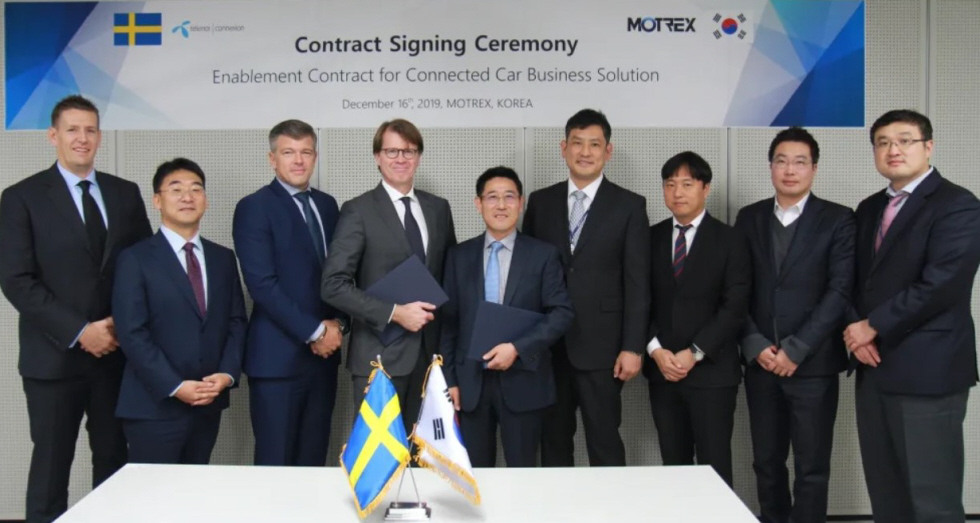
Localisation is key
Seth and his team started out by flying into the Asian countries, building up a pipeline of prospects and establishing relationships, sometimes with assistance from Business Sweden. To hire someone locally however makes all the difference, to take conversations further in the local language in order to increase the likeliness of landing clients.
In general, it’s needed to start with getting a few customers in each market, to be able to show localisation. “That has been a threshold in the different countries. We have now achieved that in China, Japan, Korea and Taiwan.”
“But you need to add a local touch too in terms of both customers and local presence. They want to know what customers we have locally, with contact persons, and to have our local representative as contact. This has been a main driver for me in developing the organisation.”
Telenor Connexion recently appointed a GM for China and a Head of Region for Japan and Korea, while Seth looks after the rest of APAC
“Having a local manager is an additional management layer, because previously I have been the focal point as a regional manager. It means that you get managers in the region that can visit the customers and you can also build relationships on different layers with them. From the customers as well as an internal perspective you get day-to-day support on questions that need to be handled – so it’s very positive.
As they have now reached the next stage in their expansion Seth’s focus is to create an even more localised APAC from a day to day perspective, for increased capabilities in order to shorten lead times and increase efficiency as well as customer satisfaction, but also to decentralize mandate in terms of decision-making.
While Covid-19 has barred travelling frequently in the region as he is used to, Seth is fully dedicated to continuously driving and expanding the regional team in order to build and scale strong customer partnerships and continue with the localisation.
“Now we’re experiencing a shift towards a large increase of inbound requests. That also increases the need of having more and more localised support: Customers are increasingly getting comfortable, seeing us more as a local company rather than a foreign. In Japan we’re getting to the point where senior executives of our customers are talking to each other and endorsing Telenor Connexion.”
Sourcing new business opportunities in this region, expected to become the top market in IoT adoption, is also one of Seth’s tasks, where he will be targeting mainly Australia, Indonesia, New Zeeland, Singapore and Taiwan.
Being based in Singapore is partly due to that new business growth might come from countries across the region. “Then we also have the Asian Hub for Telenor Group there, for efficiency, and as we have collaboration with the group’s other business units, it makes a lot of sense to be closer to that part of the region.”
Within Telenor Connexion they have target verticals, where automotive and transportation & logistics are the ones of highest interest in Asia, an early area within IoT that has a higher probability to need connectivity. Therefore Northeast Asia is in focus as it is ahead from a technology perspective and has much more export products (with lots of deployments in Southeast Asia). At the same time Southeast Asia is leapfrogging, going directly to new technologies, so there are many interesting areas going forward such as smart cities and health care.
“The decision is usually made in the country of origin of a brand. For instance, connected solutions on Japanese cars might actually be produced outside the country, but with the technology and solutions used coming from the headquarters. And there is still a lot of additional business for us in those core countries, where we are now: we are fully focused on the multinational companies,” explains the Swede.
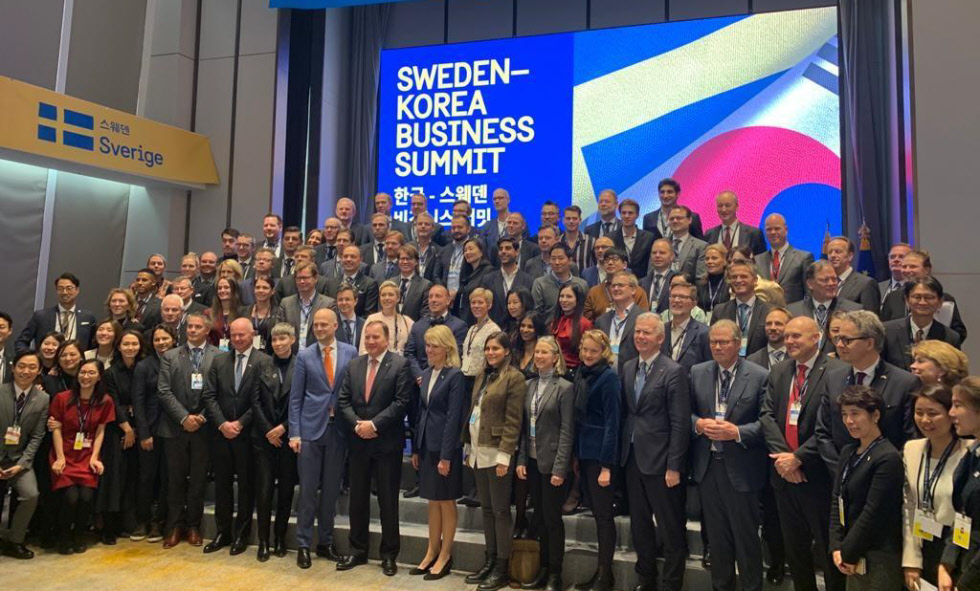
Managed connectivity
The IoT connectivity technologies used are standardised and developed according to the GSMA standard, and connectivity are roaming-based solutions on 2G, 3G and 4G networks, including newer IoT specific technologies such as LTE-M and NB-IoT.
“That’s also something very important to point out in terms of service quality over time. If you deploy solutions such as smart metres or e-call, those are solutions that need to be operationally secured for some 10-15 years. And you cannot secure that length of time unless it is based on standardised, non-proprietary technologies. “
Telenor Connexion is a MVNO, Mobile Virtual Network Operator, running on the MNOs, the ones in the countries that have the networks.” Our solutions work in 200+ countries and we connect through 400+ selected, high quality networks.”
They offer ‘global managed connectivity’, which is a monitored solution where the customers’ SIM cards are connected to a platform with the purpose of controlling and managing these in an efficient way and according to specific needs. Customers get access to the global networks from us as supplier, who then monitor and proactively services the operations with a round-the-clock expert support organisation.
“It’s usually a tailor-made solution, based on which countries and networks that are planned to be used and how much data you want to consume.
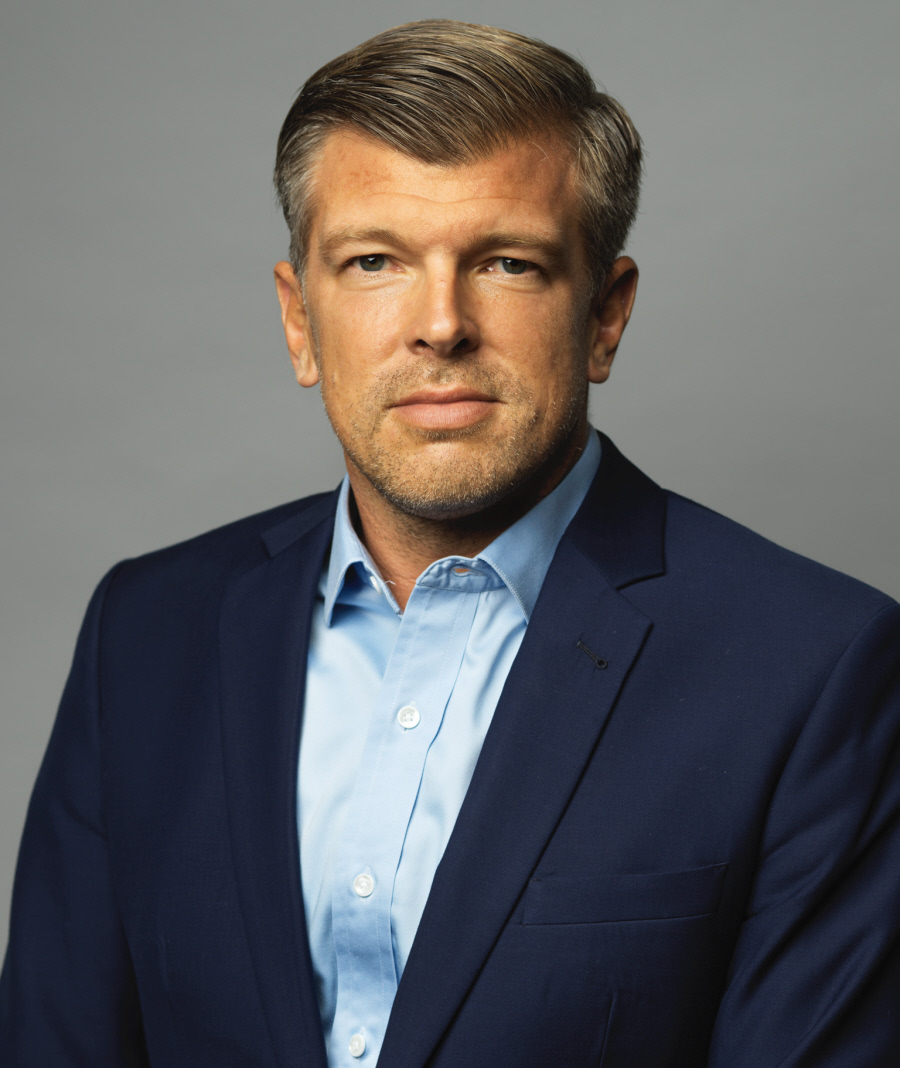 Telenor Connexion also supplies a managed IoT cloud service, based on Amazon web services, which is an easy way for customers to shortcut years of internal developing and high investments. “It takes only a few days to take a device with standardised sensors and getting it connected to our cloud”.
Telenor Connexion also supplies a managed IoT cloud service, based on Amazon web services, which is an easy way for customers to shortcut years of internal developing and high investments. “It takes only a few days to take a device with standardised sensors and getting it connected to our cloud”.
The system setup and the user interface design also tend to be highly specialised, explains Seth.
For businesses the main drivers are the following: a) Create new revenue by launching new services or charging models, and differentiation from competition b) Increase cost efficiency c) Improve Customer Experience d) Improve Product Performance.
Seth elaborates: “There are three different areas where you need a connected solution. The main driver historically has been predictive maintenance so you can know the quality or status of something and schedule service before it breaks down, a car, excavator or metre etc. And this is also an important factor when offering a service level agreement: you can promise quality on your product, which is a differentiator when you promote your product but also when you put the price on your product. Moreover the connected solutions enable you to gather a lot of data from devices out in the market about how they are performing. This brings you directly to something that is very important as well: the R&D part of a product, how you continuously develop it when you go from one edition to another one. Then you can do performance upgrades or continuous development on actual usage data rather than guessing.”
“And within business development you can add other kinds of charging models. Things that tend to be expensive are purchased once. Then you use them – but we are going much more towards the shared economy, which means that instead of owning an asset you only pay for your usage. So you can rent an excavator and can actually pay for the number of tons that you are digging. That creates a totally new business model. Over time it has to be a more profitable solution for the provider and you also get much better utilisation of the things you are producing. So it’s more of a sustainable way for society over time to use things.”
Swedish Scania Trucks is a telling case study: “Initially, Scania made it a choice for the truck buyer: ‘Do you want to be connected truck or not?’ Then the uptake was not that high. If you give the choice to owners they don’t always see the benefit. But then the manufacturer decided they would connect all trucks as default. Looking at the total price of a truck, the connectivity and the module is a fraction of the cost. They also started to monitor the performance of the truck and of the driver, sharing this in basic reports to the owner.”
Vehicle uptime is essential and with this information service planning is facilitated with minimum downtime for fleet owners.
“Scania also initiated a driver education and incentive programme. The most extreme case I have heard is that you had 25 % fuel reduction after changing the behaviour of the driver of a specific truck. My understanding is that they also use it for their development of products.”
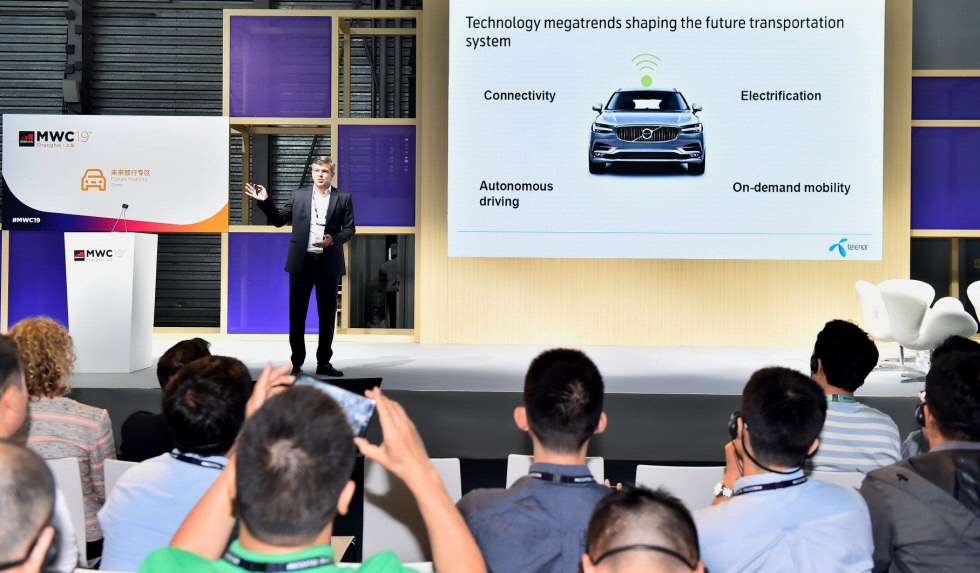
LTE-M for global deployments
When Telenor Connexion started out 20 years ago, they used the available connectivity technology at that time – 2G. Today, two next-generation mobile IoT technologies being rolled out are‘LTE-M’ (based on ‘LTE’) and ‘NB-IoT’. With these the mobile networks have for the first time been developed to answer to the specific needs of connected things, designed to support IoT devices that need a long battery life or are used at locations that are difficult to reach with normal 4G technology.
“Both are called ‘LPWA’ – Low-Power Wide-Area network. They will be the obvious choices for industries looking for 2G and 3G replacements for devices with long lifecycles, requiring extended device battery life and increased coverage. A sensor underground in a parking lot is not sending any data if no car comes. You also have a low energy saving mode, which means that it just stays shut off for a long period of time.”
45 billion IoT connections will be supported by LPWAN technology by 2025 worldwide.
“We generally recommend LTE-M for global deployments that are not static and when you don’t know where in the world the device will be deployed. It it’s expected to become globally available faster and is more straightforward when developing and maintaining applications. It also has a higher ability to transfer data which is needed for software updates during the lifespan. NB-IoT might be the best choice for static, very large-scale sensor networks where requirements are known and when deep indoor coverage is essential, says Seth.
Usually it is global companies or companies that export products globally that turn to them: “Then it quickly becomes very complex and you need another kind of service and that’s where we come into the picture because we have extensive experience in doing this. A local operator has roaming agreements that are primarily used for consumers and mobile phones – which is something entirely different from monitoring devices globally on a roaming solution. Then they come to us after a while when they want to go expand outside the home country. We have several examples where the customer has started out with deploying smart solutions in their local country and then they go with us for the regional or global deployment.”
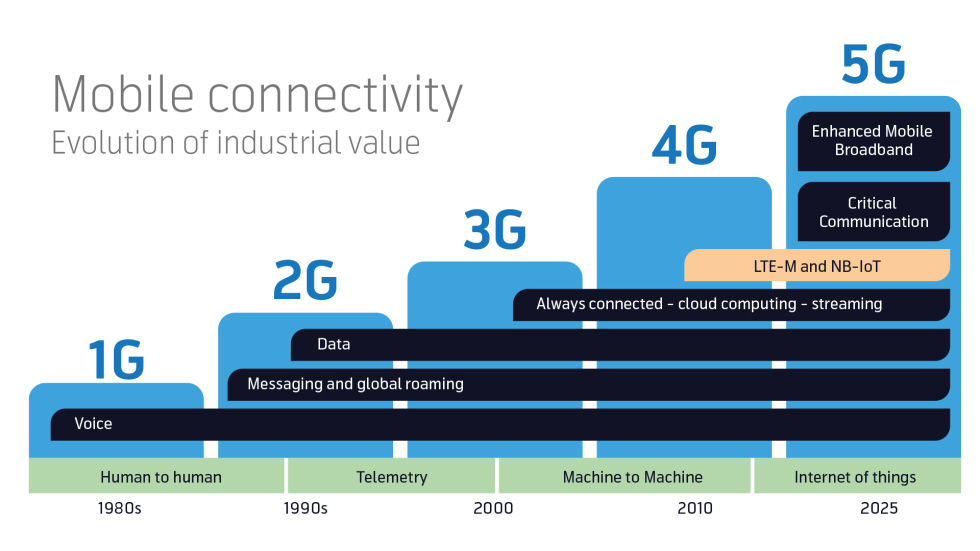
After a while some companies even shift their domestic devices, seeing the benefit of having everything in the same solution and with the same supplier.
As a differentiation Telenor Connexion also tends to be more of a technology advisor, in terms of solution development and connectivity behaviour, to get cost-efficiency over time.
“Within Telenor Group we also have a large unit that runs R&D projects related to the mobile networks, including deployments and tests of services in Asia. So we are definitely in the forefront of developing new technologies – and contributing to society. This key vision is something that has been very well perceived”





